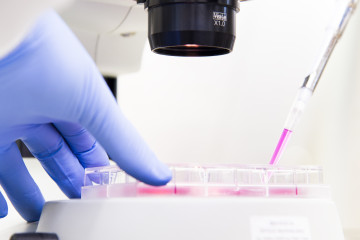Technologies to tools grant
Assessment of an in vitro acute lymphoblastic leukaemia model for high-throughput arrayed CRISPR screening

At a glance
Completed
Award date
July 2023 - October 2024
Grant amount
£42,268
Principal investigator
Dr Deepali Pal
Co-investigator(s)
Institute
University of Bristol
R
- Replacement
